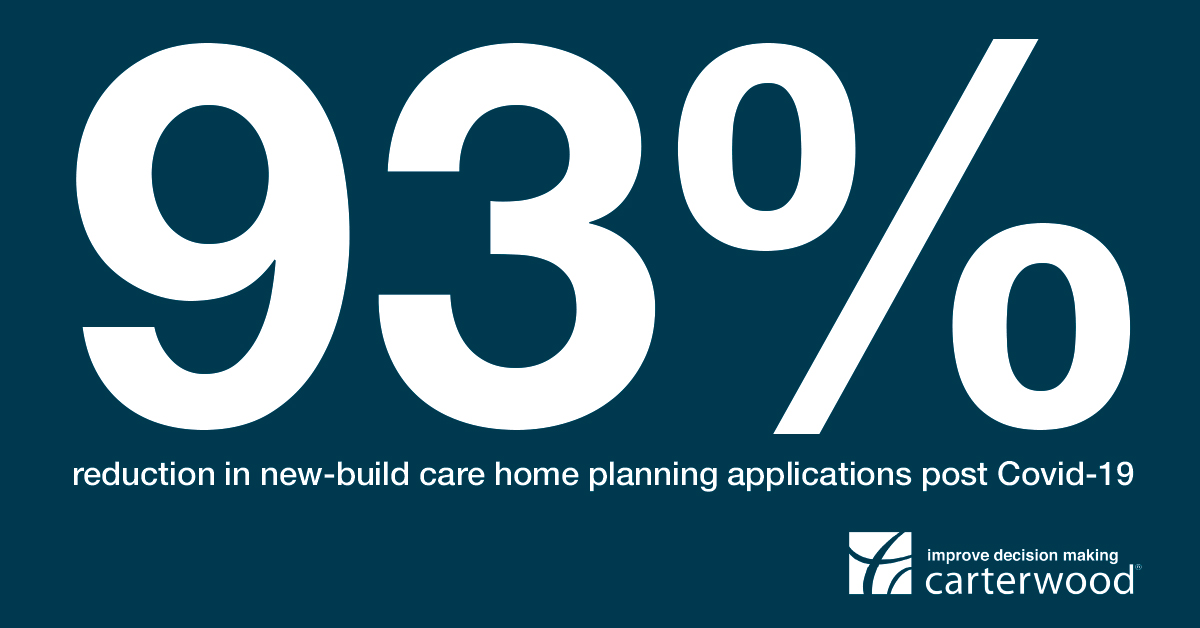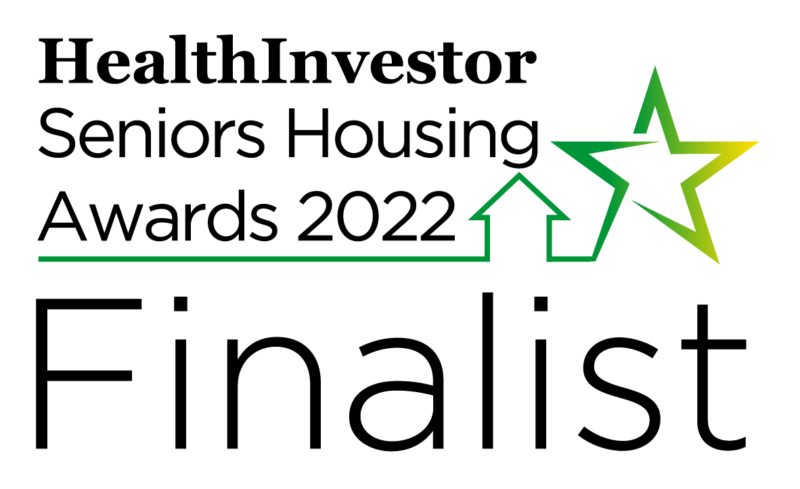In addition to the tremendous human and financial impact of the pandemic, our latest research is showing that the impact upon the future supply of care homes could be huge, just at the time when society needs additional beds the most.
Over the course of 2019, a total of 280 planning applications were validated for new build care homes. During January and February this year, validations kept pace with the 2019 figures. However, March recorded the lowest number over the last 3 years. The current Coronavirus (Covid-19) pandemic has caused a 93% drop in new-build care home planning applications validated per week since 12 March. Only 2 applications for new-build care homes have been submitted and validated during this time, against an average over the last 2 years of between 5 and 6 per week. This coincides exactly with the evening announcement of the movement restrictions put in place across the UK.
Having spoken to several key investors, developers and operators in the sector, there remains a strong commitment to development. However, with application costs that can run into the £100,000’s, many operators require comfort from funders before making a significant financial commitment. Initial indicators are that investors will continue to see social care as an attractive asset class, especially in light of evidence that some commercial portfolios are currently offering no rental income as tenants withhold the latest quarterly payments. Many within the sector are adopting a “wait and see” approach until the lock down measures are lifted. Only at that point will we really start to understand the longer-term impact.
For those with access to the expertise and resources to pursue new applications, the current climate appears a surprisingly good time to do so. While the volume of applications is significantly reduced, applicants may be able to engage more meaningfully with planning officers. Applicants just starting the planning process may even be in luck. We are aware of some local planning authorities offering pre-application meetings in less than a week, not often the case as many will know.
Carterwood predicts that over the next 6 months we will see a significant reduction in applications, largely due to a reduction in speculative submissions from house builders and other commercial developers. However, we do anticipate that some operators and social care developers will continue to pursue new applications as part of their growth strategies. If this is true, developers may find themselves in a very fortunate position once the market returns, if they own one of the few available sites with planning permission already granted for care home use. By 2021, we expect application numbers will equal or potentially even exceed previous numbers as the economy starts to bounce back and development sites become available in volume.







